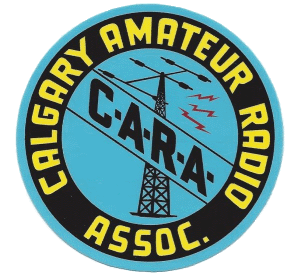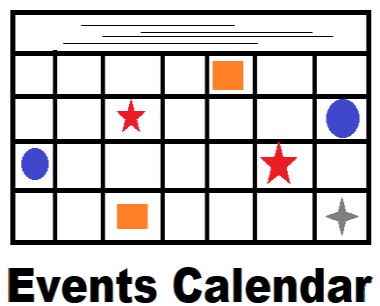Here is V 2.1 of the emergency response preparations ideas - thanks to all the suggestions for improvement. We have tried to add the additional ideas while maintaining one page length. Colin and I are also wondering if an emergency preparedness/go kit document should be developed. Ideas?
Here's the document with a pdf attached for easy printing.
DRAFT Ideas for an amateur radio operator to respond to an emergency radio call V2.1
If you hear a call for an emergency while on the air on your own or as Net Control, first confirm that it is indeed an emergency call for help. Say "I hear a call for emergency - please say again" and then determine what's the situation and what's needed. Reply with your name, callsign & the message that you’ll try to help the caller.
1. Be aware of your own safety. Are you in a safe location to respond? Are you able to do a longer event? You may need to hand-off to another operator.
2. Determine the nature of the emergency – IS ANYONE INJURED? & what services are required (Police, EMS, Fire, Animal Control) so you can provide that information to 911 or other authorities. Make notes of the time, frequency & the information you’ll relay to get aid. You may start each transmission with “EMERGENCY or MAYDAY’ to notify any listeners that an emergency communication is in process.
3. Learn the location of the incident before initiating your call, - you want to know: Is it an address? Is it on the road? Is it on the Highway? Is it off-road? Ask the party what street (ave), what direction, before or after what cross street (ave), what highway/road, nearby town. This helps emergency services know the best way to approach.
4. How many involved? Number of people, number of injuries, and if animals are involved as passengers or victims. Is there fire? You may be asked for Adult/child? Sex?
5. What is involved? Is it a vehicle incident? Wildlife? Structure? Landscape?
6. Call 911 or relevant authorities and advise them that you are relaying for a third party by radio. This way they know there may be pauses in your response to their questions. If the emergency involves 911, the first questions you will be asked is “What is the location of the emergency? What is the nature of the emergency? Are there any injuries?” and/or “What service do you require?” Name what service (Police, EMS, Fire, Animal Control) so they can bring that up on their response call-out screen. 911 operators will have their question protocol to identify the required response. You may be asked how to reconnect if connection to 911 is lost.
7. Provide the information you’ve gathered in response to 911’s questions, supplementing with responses relayed to & from the original caller. Follow the guidance of the authorities if they want you to stay on the line & relay messages to the emergency caller.
8. Remember to stay calm. Even if you know the person you are relaying for, you must first gather the needed information before you provide comfort. If you are calm and unemotional it will help to keep their emotions at bay while gathering information.
9. Keep control of the frequency - State you are handling an emergency and to please stand by. Repeat this several times during the emergency in case someone just just tuned in and is preparing to make contact. If your request was missed, then let the caller know and to please stand by. As controller, you may ask another radio operator do this for you as you may be busy with Emergency Services.
10. Manage radio resources, path, reverse, simplex, battery capacity. It may involve changing position for better reception or using reverse or simplex to communicate with the emergency caller. Be aware of battery condition with strategies to extend use time.
For those listening, Do Not offer help unless asked to do so, Net Control is in control. Emergency Services is likely going to keep you on line until they report Emergency Responders have arrived or the party you are relaying for tells you they have arrived. This will end your 911 call.
You can now thank those waiting patiently and get back to your Net or return the repeater to regular service.
Prepared by Wilson VA6JWL with input from Colin, VE6GBY & Neeroo VE6NRO February 2025

